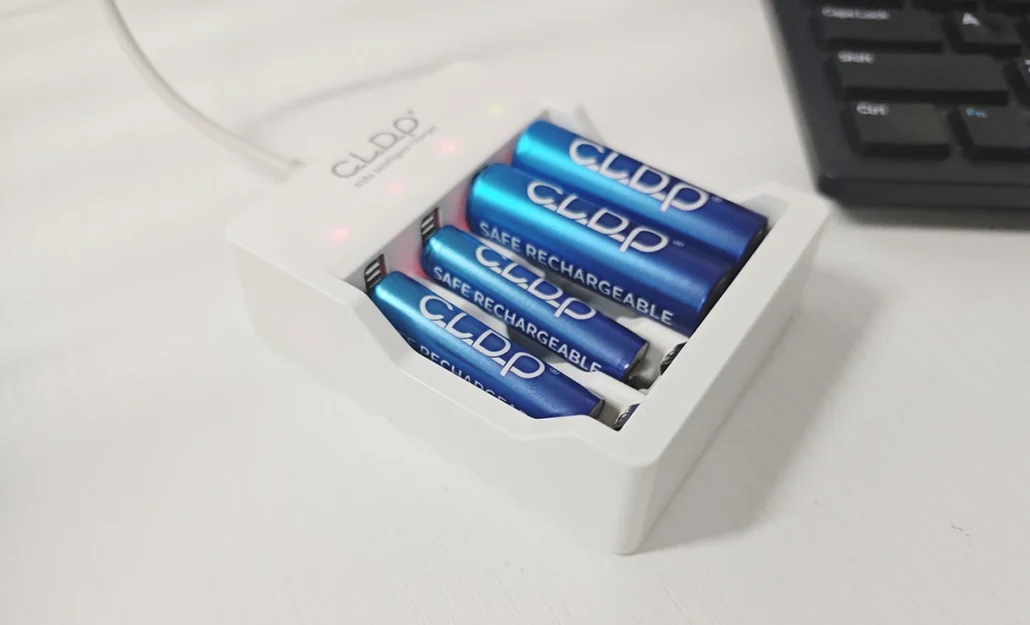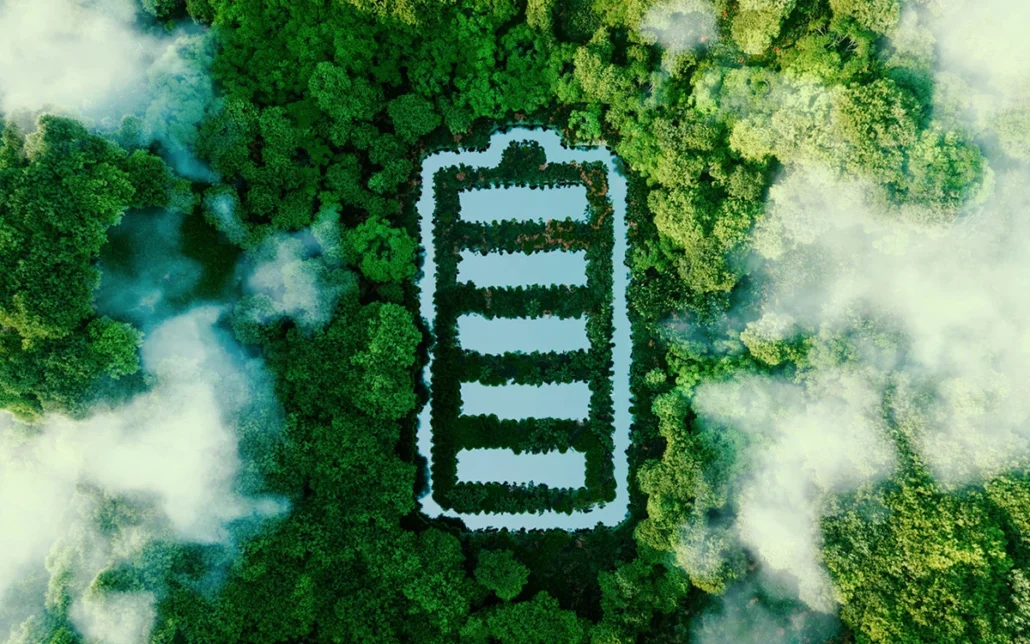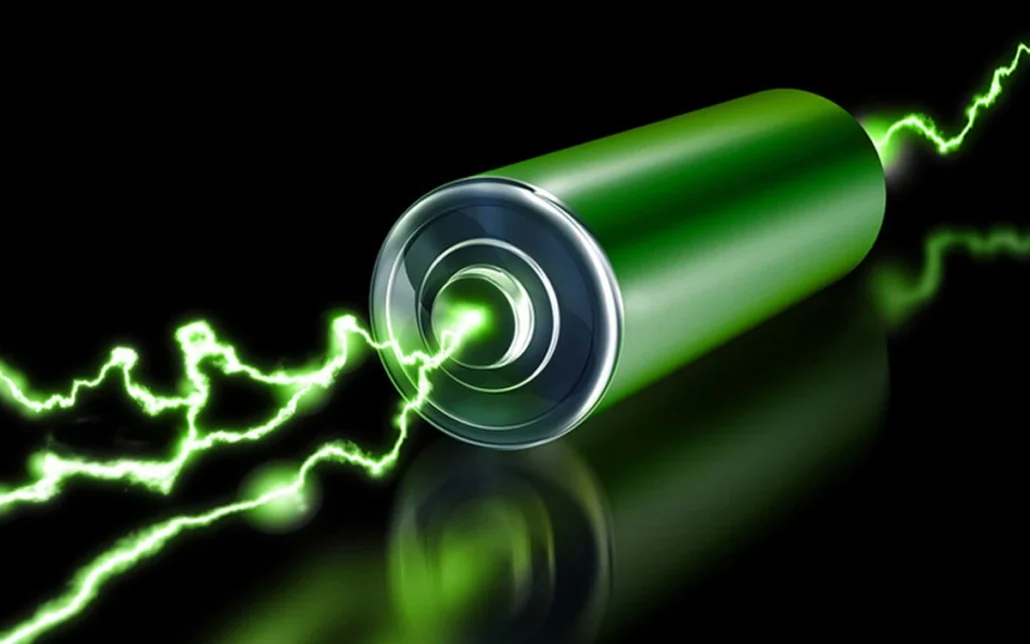As a new type of rechargeable battery, zinc-nickel batteries have excellent performance in electric toys. The following analyzes the application advantages of zinc-nickel batteries from four dimensions: power, safety, environmental protection, and cost.
Power advantage: strong output, wear resistance, and adaptability to high-load toys.
High current stable discharge
Zinc-nickel batteries support 2-3A discharge (such as the instantaneous starting current of electric remote control cars can reach 2.5A), and the voltage platform is stable at around 1.6V. Compared with Nickel-metal hydride batteries (1.2V platform, easy to drop under high current), it can provide more continuous power for toy motors and avoid jamming or loss of control caused by voltage fluctuations.
Measured data: In the 3A discharge test, the capacity retention rate of zinc-nickel batteries reached 95%, while that of nickel-metal hydride batteries was only 75%. Zinc-nickel batteries are especially suitable for toys such as electric racing cars and robots that require high-frequency acceleration and steering.
Reliable performance over a wide temperature range
Under a low temperature environment of -20℃, the capacity retention rate of zinc-nickel batteries reaches 60% (only less than 50% for nickel-metal hydride batteries), and it can still provide stable power supply in the northern winter or in air-conditioned rooms without frequent battery replacement; under a high temperature environment of 45℃, the self-discharge rate only increases by 5%, and the safety is better than that of lithium batteries (which may have thermal runaway).
Long cycle life supports high-frequency use
The cycle life can reach 800-1000 times. If children use toys once a day, zinc-nickel batteries can support 2-3 years without replacement, reducing the power decline caused by battery attenuation (such as the speed of toy cars slowing down year by year).

Safety advantages: multiple protection designs to eliminate the risk of children using them.
Physical structure leak-proof
Adopting steel shell sealing + epoxy resin sealing technology, the anti-fall performance reaches 1.5 meters without damage, and the electrolyte (potassium hydroxide) has low fluidity, so it is not easy to leak even if overcharged, avoiding corrosion of toy circuits.
Low risk of chemical system
It does not contain heavy metals such as cobalt and manganese. The electrolyte is alkaline but less corrosive than acid batteries (such as carbon batteries); and the zinc-nickel system has high thermal stability, no risk of fire and explosion in the needle test (lithium batteries are prone to explosion when needled), and has higher safety in children’s misoperation scenarios (such as biting batteries, short-circuiting and playing).
Safety and stability
Zinc-nickel batteries have better safety and stability. Even if they are short-circuited or reversely installed, there will be no risk of explosion. With the built-in battery reverse connection protection circuit of the toy, children can avoid safety hazards caused by improper operation (such as reverse installation of batteries and long-term charging).
Environmental advantages: low pollution, easy to recycle, in line with sustainable development policies
Material can be recycled
Both the positive nickel hydroxide and the negative zinc powder are recyclable materials. The nickel recovery rate after disassembly exceeds 90% (compared with the complex recycling process of lithium batteries, zinc-nickel batteries are easier to handle), and there is no emission of toxic solvents such as lithium hexafluorophosphate during the production process. The carbon footprint is 15% lower than that of nickel-hydrogen batteries.
Reduce electronic waste
The long cycle life allows a single battery pack to replace hundreds of alkaline batteries and reduce the amount of household garbage.
No toxic substances such as mercury and cadmium
The company’s zinc-nickel batteries comply with RoHS and CE certification standards, with a mercury content of <0.0001% (national standard limit 0.001%). After being discarded, they can be sorted and processed with ordinary dry batteries (some areas support separate recycling of zinc-nickel batteries), avoiding the heavy metal pollution problem of traditional alkaline batteries.
Cost advantage: many cycles and reduced procurement costs.
Zinc-nickel batteries can achieve a charging life of more than 800 times, which is equivalent to hundreds of alkaline batteries. Although the initial cost is high, the long-term cost is very low. In frequently used devices such as electric toys, it is very cost-effective to use rechargeable batteries.
Summary
Compared with alkaline batteries and NiMH batteries, zinc-nickel batteries have many excellent characteristics. Zinc-nickel batteries are gradually becoming a high-performance, cost-effective preferred solution in the field of electric toys.




